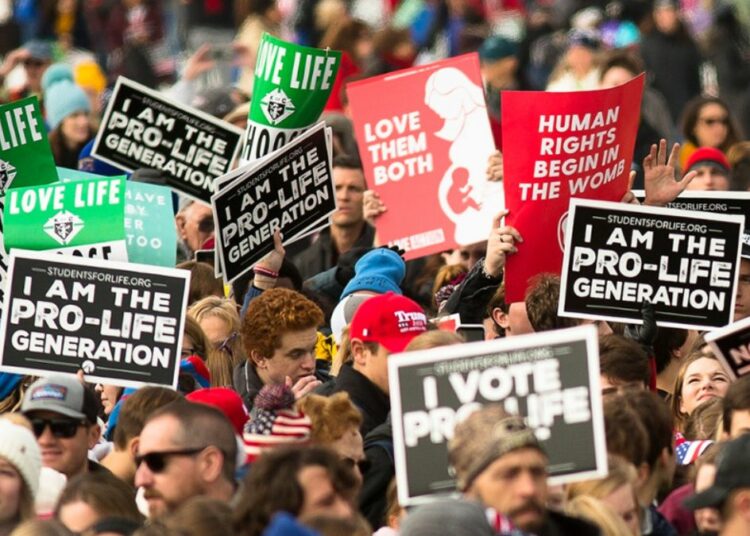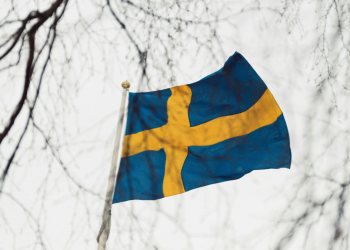Fifty years ago, Nellie Gray and a small group organized a march to protest the Roe v. Wade decision, which legalized abortion in the United States. Little did they know that this march, now known as the March for Life, would become the largest annual human rights demonstration worldwide. Over the years, millions of pro-life Americans have joined together to stand up for the rights of the unborn, making strides towards building a culture of life in America.
In the past year alone, significant progress has been made in the fight for life. Half of the states have implemented and passed pro-life laws that protect unborn children while providing resources and support for pregnant mothers. States such as Florida, North Carolina, and Nebraska have enacted laws protecting life as early as 12 weeks, saving countless babies and helping women and families.
Despite these gains, there is still a significant gap between where the pro-life movement stands and where it aims to go in building a culture of life. Half of the country lacks meaningful protections for unborn children and women, resulting in the loss of thousands of innocent lives. Some state legislators and federal leaders have pushed extreme abortion laws, expanding late-term procedures and removing safeguards for women.
In some states, like Michigan, abortion has been enshrined into the state constitution, allowing for abortions up until the moment of birth and fully funded by taxpayers. California is also working to celebrate late-term abortion while limiting resources for pregnant women. Abortion advocates are even targeting historically pro-life states like Ohio, aiming to eliminate parental consent laws and expanding late-term abortions without adequate health and safety protections for women and girls.
While progress has been made in the fight against abortion, there is still confusion surrounding the false notion that a right to abortion is beneficial for women. However, historical examples teach us that cultural change and fighting human rights abuses is a long and challenging process. It took 58 years for racial discrimination to be deemed illegal after the Plessy v. Ferguson decision, and only a small percentage of Americans initially supported the Supreme Court ruling that allowed interracial marriage.
If it takes another 50 years or more to fully respect and defend all human life and build a culture of life, the pro-life movement is committed to the cause. The March for Life will continue to be a voice for the voiceless and a steadfast supporter of the pro-life movement, marching in Washington, D.C., and state capitals across the nation. While Roe v. Wade may now be in the past, the fight for life is just beginning.
Jeanne Mancini is the President of the March for Life Education and Defense Fund




















Discussion about this post